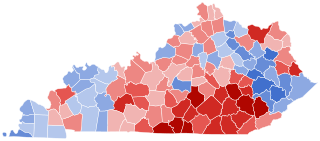New York is a Democratic stronghold and is considered one of the "Big Three" Democratic strongholds alongside California and Illinois. The following table indicates the party of elected officials in the U.S. state of New York:
The following table indicates the party of elected officials in the U.S. state of Colorado:
The following table indicates the party of elected officials in the U.S. state of Connecticut:
The following table indicates the parties of elected officials in the U.S. state of Idaho:
The following table indicates the party of elected officials in the U.S. state of Kansas:

The following table indicates the party of elected officials in the U.S. state of Kentucky:
The following table indicates the party of elected officials in the U.S. state of Minnesota:
The following table indicates the party of elected officials in the U.S. state of Mississippi:
The following table indicates the party of elected officials in the U.S. state of Montana:
The following table indicates the party of elected officials in the U.S. state of Nebraska :
Political party strength in New Mexico has been diveded between the Democratic Party and the Republican Party.
The following table indicates the party of elected officials in the U.S. state of North Carolina:
The following table indicates the party of elected officials in the U.S. state of North Dakota:
The following table indicates the party of elected officials in the U.S. state of Oregon:
The following table indicates the party of elected officials in the U.S. state of South Dakota:
The following table indicates the party of elected officials in the U.S. state of Texas:
The following table indicates party affiliation in the State of Vermont:
The following table indicates party affiliation in the Commonwealth of Virginia for the individual offices of:
Washington ratified its constitution and held its first state elections in 1889, the year it was admitted to the union as a state. It established the positions of governor, lieutenant governor, Secretary of State, attorney general, state treasurer, state auditor, Commissioner of Public Lands, and Superintendent of Public Instruction. The position of insurance commissioner was legislatively established in 1907. All positions are elected to four-year terms, concurrent with presidential elections. Washington is one of three states that elects nine separate statewide officials, while six others elect ten.
The following tables indicate the historic party affiliation of elected officials in the U.S. state of Wisconsin, including: Governor, Lieutenant Governor, Secretary of State, Attorney General, State Treasurer, Superintendent of Public Instruction. The tables also indicate the historical party composition in the State Senate, State Assembly, the State delegation to the United States Senate, and the State delegation to the United States House of Representatives. For years in which a United States presidential election was held, the tables indicate which party's nominees received the state's electoral votes.
This page is based on this
Wikipedia article Text is available under the
CC BY-SA 4.0 license; additional terms may apply.
Images, videos and audio are available under their respective licenses.
